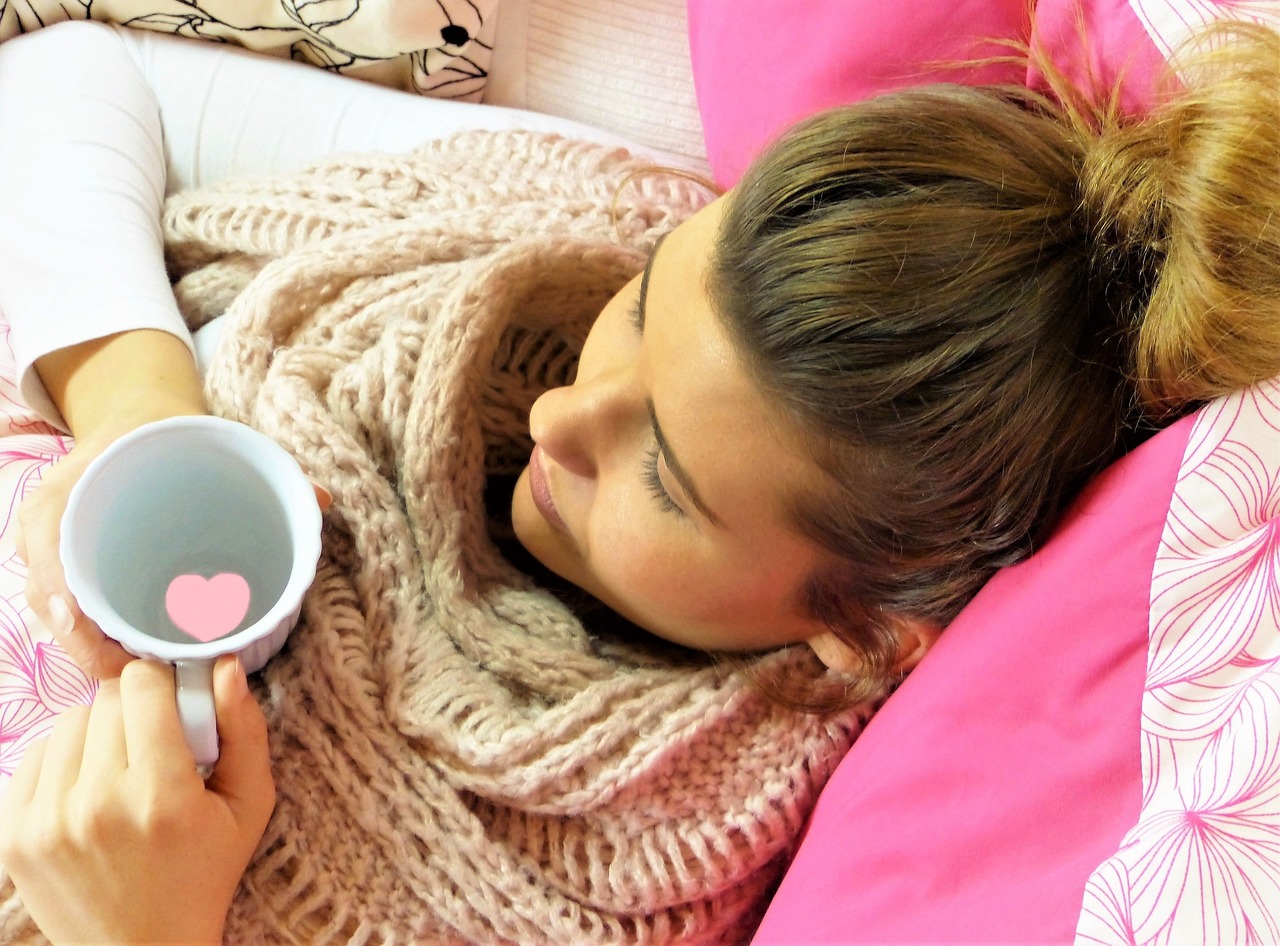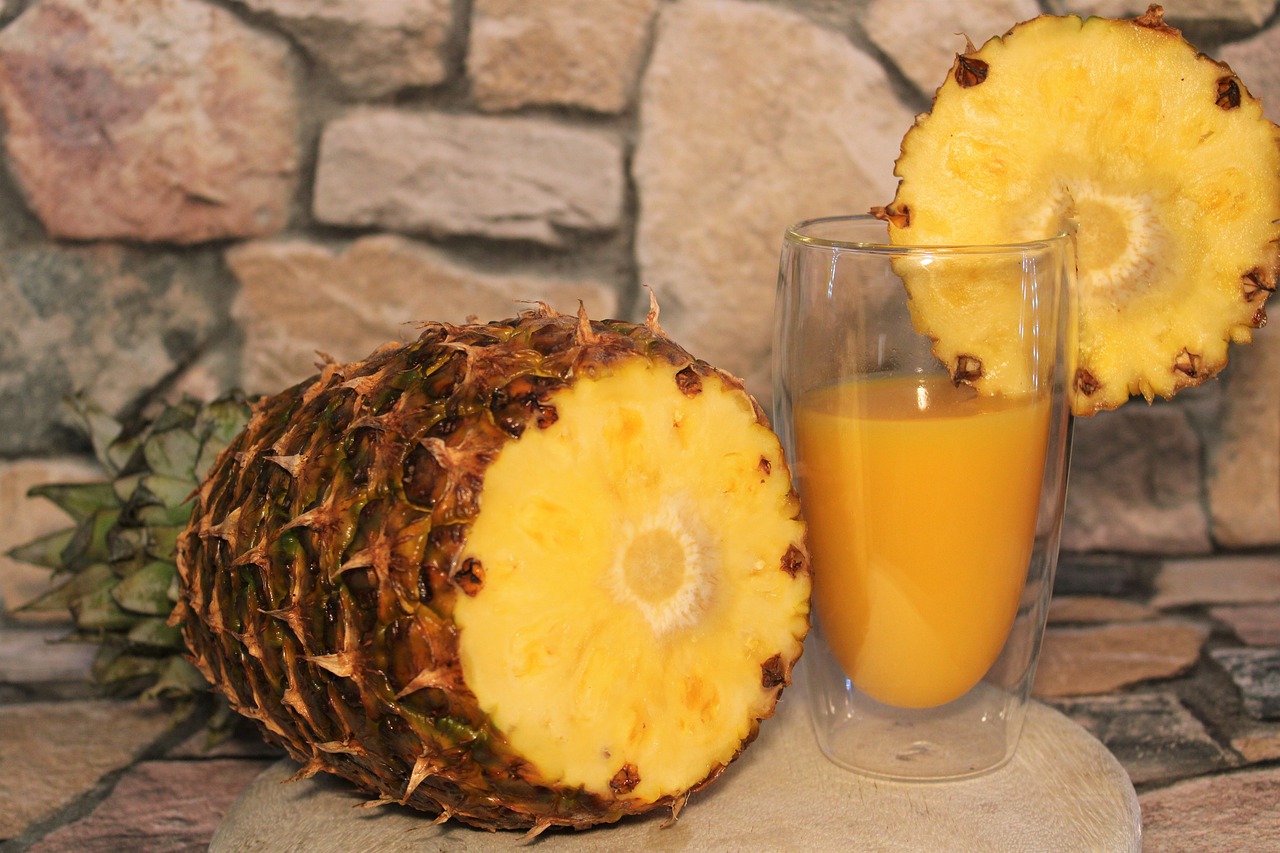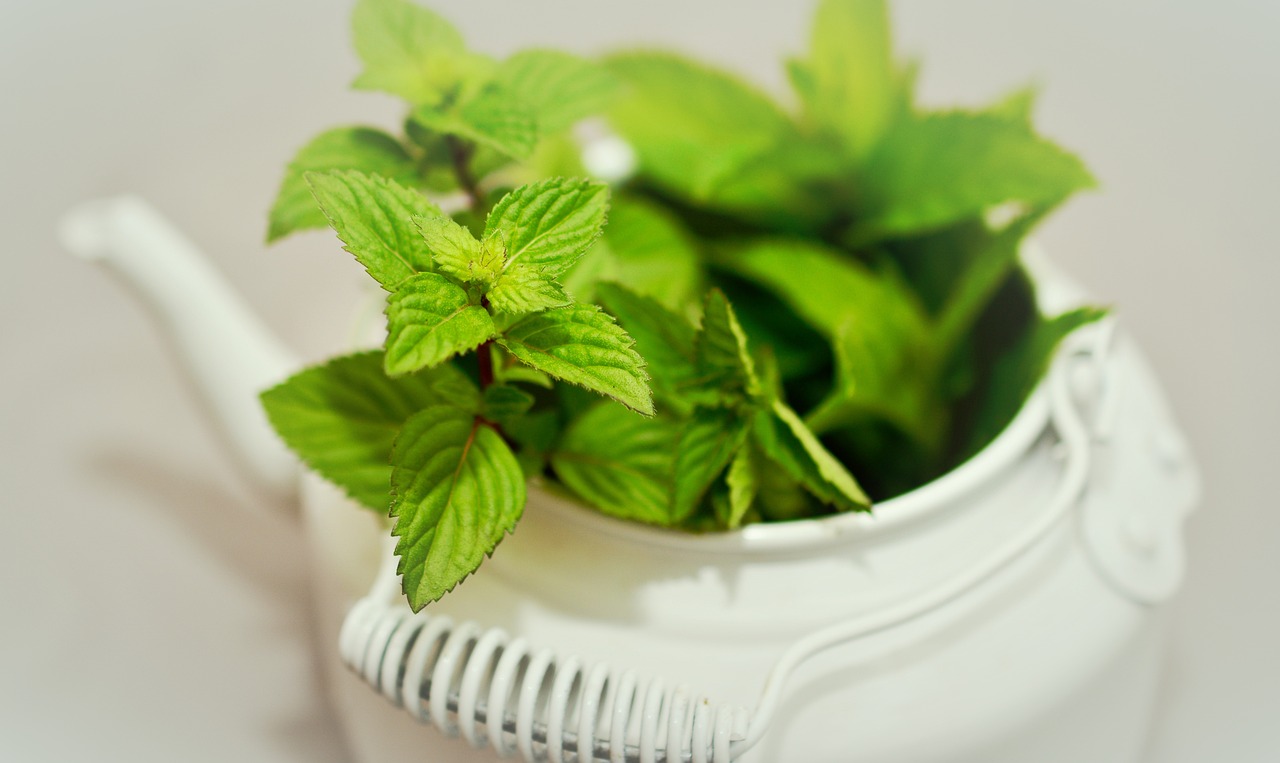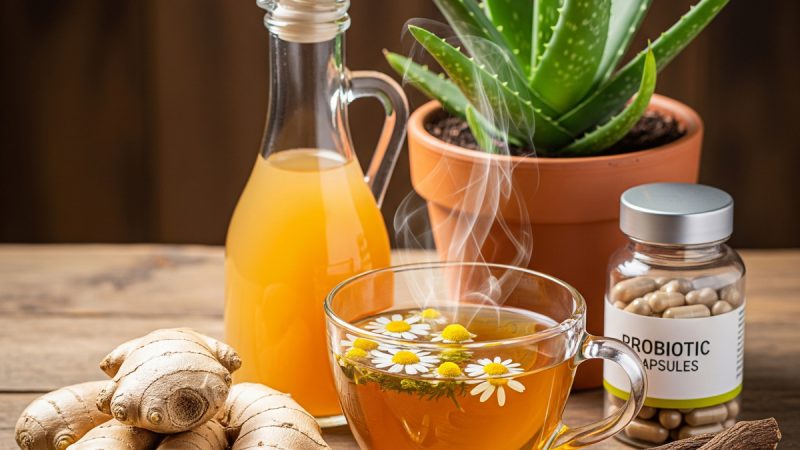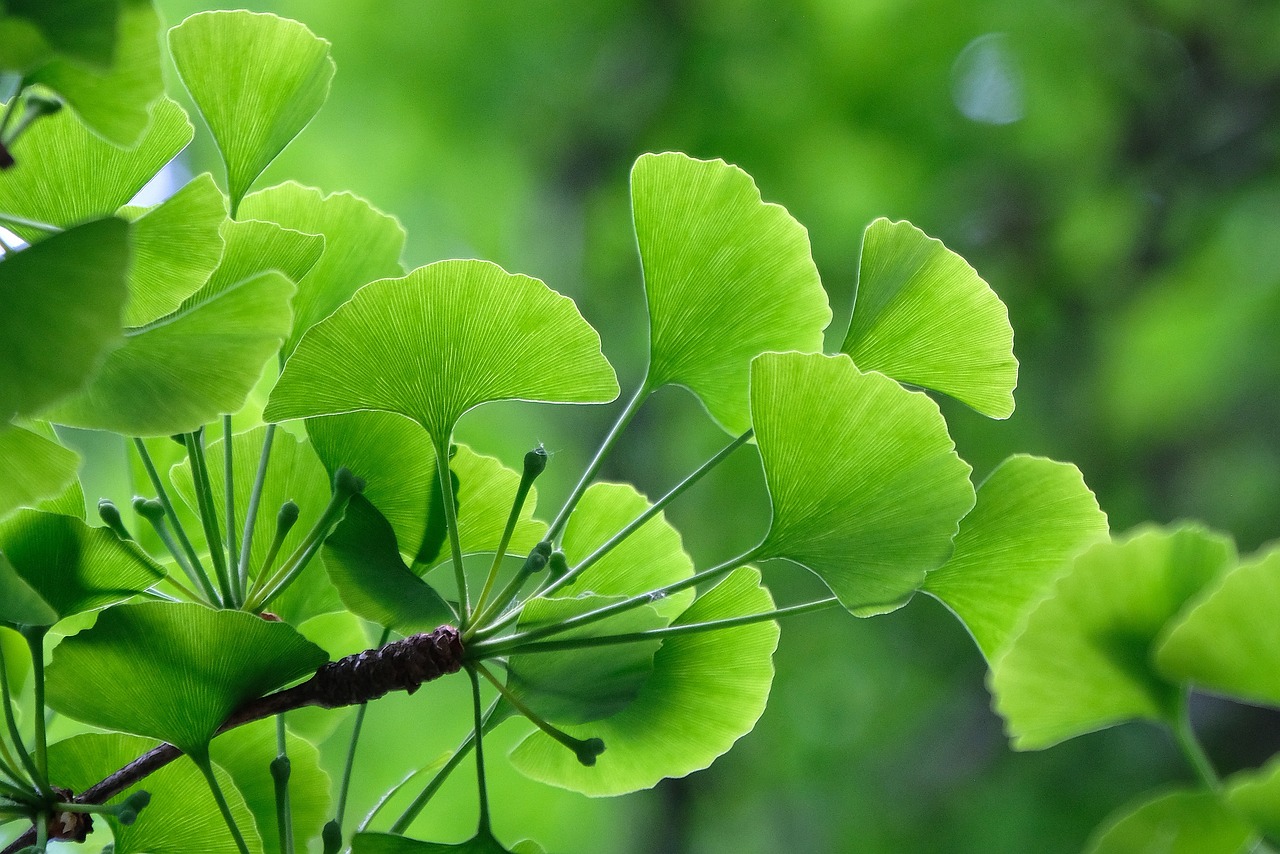Flower Garden or Herbal Remedies?
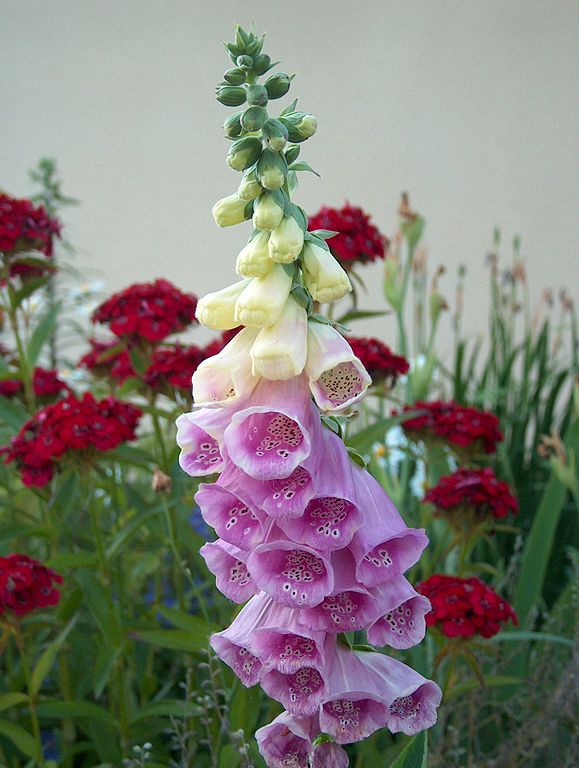
My husband and I often have “spirit filled discussions” on the plants I like to grow, particularly those in the front flower garden. He wants ornamental plants and I want plants that can serve more than one purpose. Fortunately for both of us, many ornamental plants do have a second job.
Calendula:
This pretty flower is a type of marigold. The medicinal part is the flower itself, both dried and fresh. It’s not as strong as tea tree oil, but it is antiseptic in nature. Squeeze the juice from the fresh flowers, or steep the dried petals in hot water to get to the active principle.
Foxglove:
While you and I should not attempt to use the medicinal component of this plant, it is still used to manufacture an important drug…digitalis. Digitoxin is the component in its natural form, and it acts on the heart. It’s good to know the possible danger of foxglove in order to protect children and pets. The leaves are the part used, but all of it could be dangerous.
Lobelia:
I don’t recommend using this herb, either though it does have a traditional use as a treatment for asthma. There are two problems with this plant. It is the most violent purgative I’ve seen in the herbal pharmacopeia. Vomiting and diarrhea are likely to result, even with small amounts. It also can shutdown the central nervous system, including breathing and heart beat.
Nasturtiums:
This plant is easy to take care of, and the flowers are gorgeous. Their spicy flavor brings color and a spicy flavor when used as a garnish in cooking. The leaves and flowers are also used in some salads. Medicinally, nasturtiums are considered antibacterial, an appetite stimulant and as a remedy for the flu. Another traditional use is as part of a tuberculosis remedy. This flower is unusual in that it has a mustard like constituent, which explains the spicy flavor.
Roses:
Like nasturtiums, the petals of the rose can be used in cooking. Rose water is an ingredient in some cuisines and the hips are valued both for flavor and as a source of Vitamin C. The white portion of the flower should be removed as it is very bitter.
Violets:
Candied violets are a beautiful addition to many confections, but the plant also has some tradition medicinal uses. It’s considered good as an expectorant and may have laxative qualities. There are some reports that it has helped people with insomnia.
Remember that not every flower in the flower bed is safe to use. Be careful if you decide to harvest them for yourself. Make sure that you identify the plant correctly and that no pesticides or herbicides have been used on it. Don’t harvest plants close to a roadway.
The Author:
Mary Bodel has been a master herbalist since 2004 although my training began long before I reached that level. I believe that health encompasses more than taking care of our bodies. It involves everything from what we eat to what we read. It involves our spirit as well as our body.

